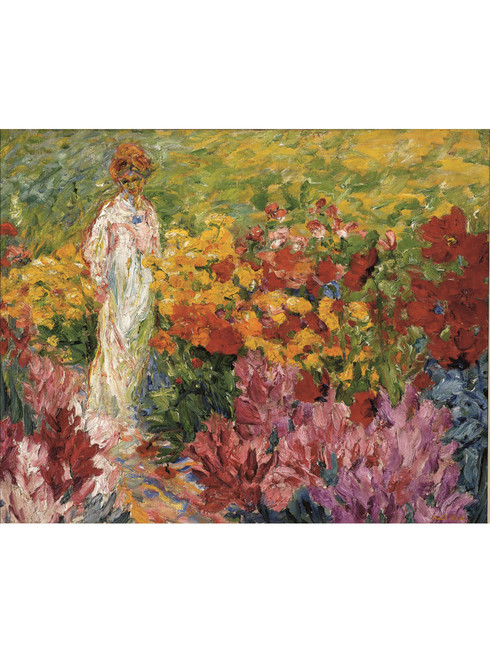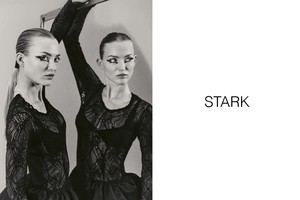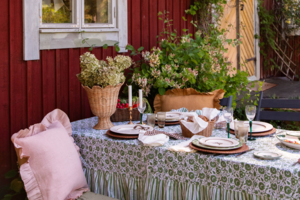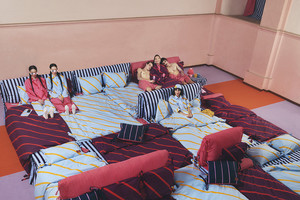BACK TO PARADISE MASTERPIECES OF EXPRESSIONISM
Written by Fashion Tales20 February - 9 June 2019
A comprehensive exhibition comprising 134 works, including paintings and prints by, among others, Emil Nolde, Otto Mueller and Max Pechstein.
The exhibition Back to Paradise assembles major expressionist masterpieces from two collections, the Häuptli Collection at the Aargauer Kunsthaus in Switzerland and the collection of the Osthaus Museum Hagen in Germany. Both include outstanding works from the various stages of expressionist artistic production in Germany in the period from 1905 until 1938. During the course of 19th-century industrialization, the size of European cities multiplied. Social mobility grew and technical development accelerated the pace of life. Tensions among disparate social classes, but also within them, resulted in various transnational reform movements. A young generation began to rebel against their fathers and pave their way towards freedom. Liberated from academic traditions, art at the dawn of World War I became the radical expression of this particular zeitgeist. The impact of these social upheavels led the artists to a search for new lifestyles. The faster the changes have been, the stronger was the yearning for a new paradise, which the artists often found in harmony with nature and in the study of foreign cultures.
Impressionism predominantly addressed visual perception and thus was unable to permanently satisfy the seekers and restless minds. Painters like James Ensor, Paul Gauguin and Edvard Munch had already captured their subjective world experience on canvas. Although Art Nouveau had created forms without shadows and spaces without perspective, over time, the beautiful line seemed to have decayed as a trivial end in itself, but a new spark and emotionality was imminent. »Colors became charges of dynamite, they were expected to discharge light«, wrote André Derain about the Fauvists’ scandalous appearance at the Paris Salon d’Automne in 1905. With the foundation of the Dresden artist group Brücke (The Bridge) in early summer of 1905, Germany also set the course for change. Subsequently this new and emotive painting style was aimed at not only provoking the bourgeois taste, but as a means to shake up the established concepts of beauty.
The circle around the Neuen Künstlervereinigung München (New Artist’s Association of Munich) and the editorial department of the Munich almanac Der Blaue Reiter (The Blue Rider) set forth on a quest for a new introspection. Painting far outgrew the representational and new theoretical principles for the reconsideration of »primitive« art were established.
Joint to the exhibition and on display is a correspondance by Carl Milles concerning the events in Germany and the art exhibited at the exhibition Entartete Kunst, in Munich 1937.
Artists:
Cuno Amiet, Max Beckmann, Walther Bötticher, Conrad Felixmüller, Lyonel Feninger, Erich Heckel, Alexej von Jawlensky, Wassily Kandinsky, Ernst Ludwig Kirchner, Max Liebermann, August Macke, Franz Marc, Ludwig Meidner, Gabriele Münter, Otto Mueller, Emil Nolde, Max Pechstein, Christian Rohlfs, Karl Schmidt Rottluff.
Pictures:
Max Pechstein, Liggande flicka, 1910. ©Pechstein Hamburg/Tökendorf
Emil Nolde, Blomsterträdgård, Kvinna i vit klänning framifrån. ©Nolde Stiftung Seebüll














